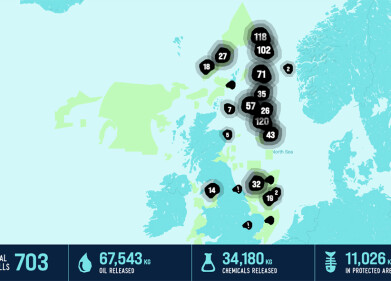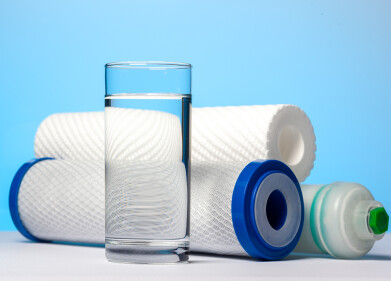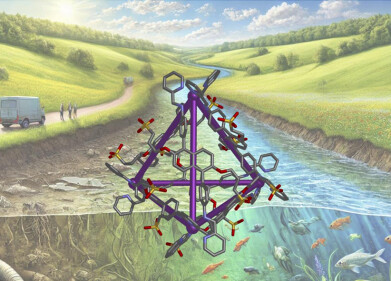Water/Wastewater
What Are Microbeads and Why Are They Being Banned?
Sep 13 2016
Since 2013, there have been several pieces of research which prove the negative effects of microbeads. On top of that, researchers have found an overwhelming number of the tiny beads in water around the world. Consequently, the UK has announced a ban on microbeads “to protect sealife”. What are they? And what is so bad about them? Read on for more.
Where are microbeads found?
Microbeads are added to several different cosmetic and hygiene products. While the most notorious products to include them are face and body scrubs, they are also added to some toothpastes and soaps. Manufactured from plastic and made into tiny spherical pieces of less than a millimetre, microbeads give products an exfoliation quality which is marketed as providing smoothness. The problem comes, however, when they’re washed away…
Microbead disposal
The tiny size of the beads means they can pass through water treatment filters and subsequently into rivers, lakes and oceans. In the water, they are small enough to be consumed by fish. This eventually clogs up the stomachs of the aquatic creatures and over time has become a danger to biodiversity. Getting rid of them isn’t all that easy either. Because they’re the same size as some tiny marine life which the fish actually need, they can’t be filtered out.
Sound bad? It gets worse. Microbeads are like magnets to some oil types and pesticides that might be present in the water. So when small fish consume them, not only does it harm them, it can harm the larger fish or even humans further up the food chain.
Exfoliating effect
While microbeads do have a small purpose in cosmetics, it’s thought that they could easily be replaced with environmentally friendly alternatives like sugar or nut shells. What’s more, the tiny plastic particles have even been known to get into people’s eyes or cause damage to teeth if care isn’t taken using products containing them. It’s no surprise then, that Canada, the Netherlands, parts of the US and now the UK have taken steps towards banning them.
Cleaning water
Unfortunately, microbeads aren’t the only problem damaging lakes and reservoirs. Flooding is another complex issue because it draws high levels of iron, aluminium and phosphates into the water. These pollutants add to the growth of bacteria and poisonous gases, which is damaging to the water and its habitants. Some potential solutions to this problem are reviewed in ‘The best way to clean up flooded lakes and reservoirs?’.
Events
Feb 26 2025 Chennai, India
Feb 26 2025 Tulsa, OK, USA
WATERTECH CHINA (GUANGDONG) 2025
Mar 05 2025 Guangdong, China
Mar 11 2025 Amsterdam, Netherlands
Mar 12 2025 Montreal, Canada














